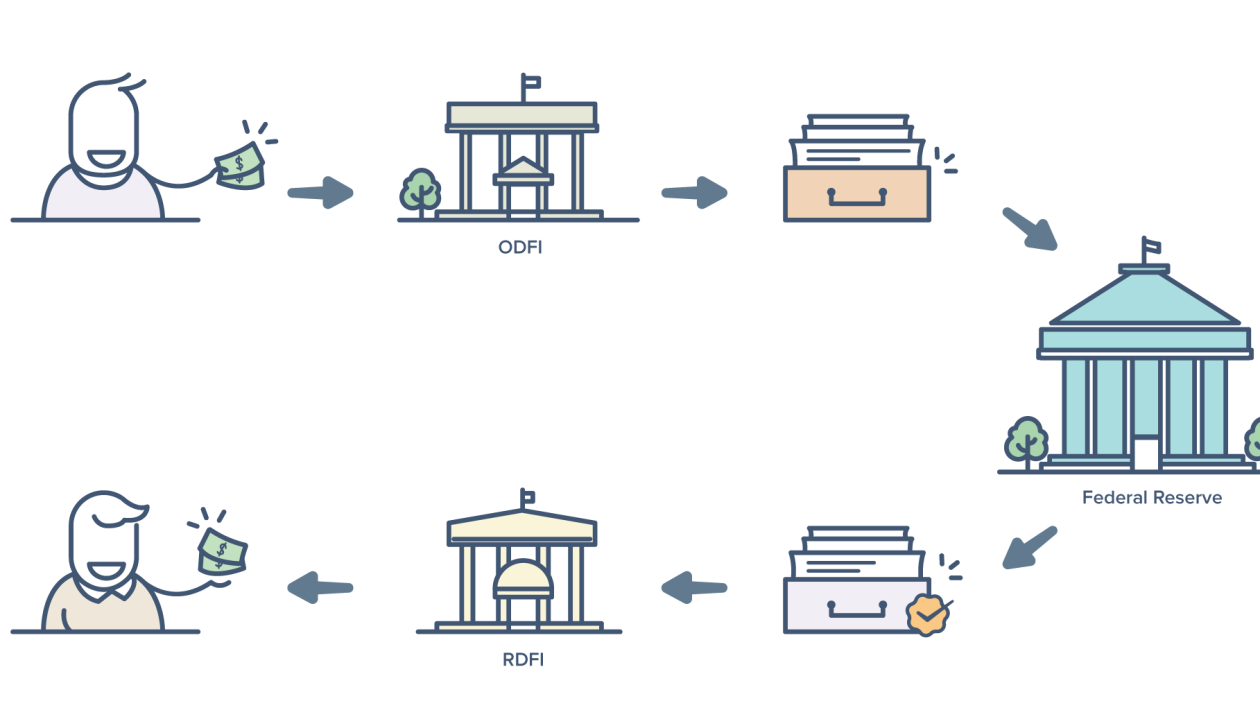In the last four decades, ACH has become one of the largest, safest, and most efficient systems in the world of banking. The network now manages $43 trillion worth of transactions each year. Many businesses prefer ACH transactions over other options because they offer a cost-effective and quick way of settling payments. However, some business owners might still need to become more familiar with how ACH payments work, and others need to be made aware of ACH payments.
If you are not sure about ACH payments or have yet to hear about them, do not worry. This article will shed light on the basics of ACH payments and their effectiveness compared to other payment modes.
What are ACH payments?
ACH payments are a type of electronic bank transaction done through a network called an Automated Clearing House (ACH). Basically, the ACH network consists of a network of computer systems that communicate with each other to make and receive payments. Each transaction has two computers – one that sends a payment request and another that accepts the request at the other end. Several businesses use ACH payments for bill payments, wage distribution, mortgage payments, and direct deposits. Electronic payments made through the ACH network should be per the guidelines set by NACHA (National Automated Clearing House Association).
Different types of ACH transactions
There are two types of ACH transactions – direct deposit and direct payment. In the case of direct deposit, the payer initiates the transaction to send money directly to the receiver’s account. An excellent example of this would be an employer paying an employee’s wages directly to his account, and the receiver of the funds initiates direct payments. In other words, the recipient requests fund, which is then transferred to his account. A good example of direct payment would be the automatic collection of recurring bills such as mobile bills or insurance premiums.
How do ACH transfers work?
An ACH transaction is a data file containing information about the desired payment. During the transaction, the file is sent to the originator’s bank and later to the clearing house before being sent to the recipient’s bank. Once the file is received at the recipient’s bank, the funds are transferred to the receiving account.
Initiating an ACH direct payment – the process
Setup
The first step before making a transaction is to ensure that you have the authority to pull money from your customer’s bank account. The customer can give you permission through an authorization form with their bank.
Initiation
Once the setup phase is over, you can start sending data files on the transaction to your bank, which is often called ODFI or Originating Depository Financial Institution. The files will contain information such as the transaction type (debit or credit), forwarding numbers, and bank account details, among others.
Batching
Usually, your bank or ODFI collects all transaction files received by it and forwards them at regular intervals to an ACH operator. It can either be FedACH (Federal Reserve Banks’ Automated Clearing House) or the EPN (Electronic Payments Network).
Distribution
After batching, the ACH operator sends the data files to your customer’s bank, also called the RDFI (Receiving Depository Financial Institution).
Completion
Once the RDFI gets the files, it pulls the funds from the customer’s bank account. Once the transaction completes, you’ll receive the payment.
Benefits of ACH payments over other payment methods
ACH payments are more efficient than paying by card, wire transfer, cheque, or cash. As ACH transactions pass through a single clearinghouse without many intermediate steps, they attract lower transaction costs. They offer better security and convenience too. Some benefits of ACH payments include:
- Cost-effectiveness
- Reversibility
- Security
- Repetitive
- Better retention
If you are yet to try the ACH network, it is time you do so. It is a secure and economical method for your business to send and receive funds. ACH payments are especially useful if you have recurring payments. It is one of the must-have tools if you want your business to enjoy the best possible position.


